Travel lets us admire art masterpieces from all over the world. But why is it that we’re especially compelled to visit a gallery when on holiday, more than at home? Perhaps it’s the freedom to soak it all in without the pressure of our busy home lives. Or is it something else? Regardless of the reason, there’s no doubt art has an ineffable ability to capture the human mind.
To inspire your latest art tour, see these pieces of art guaranteed to stir your soul – from Van Gogh’s stunning Sunflowers to Michelangelo’s ceiling frescoes.
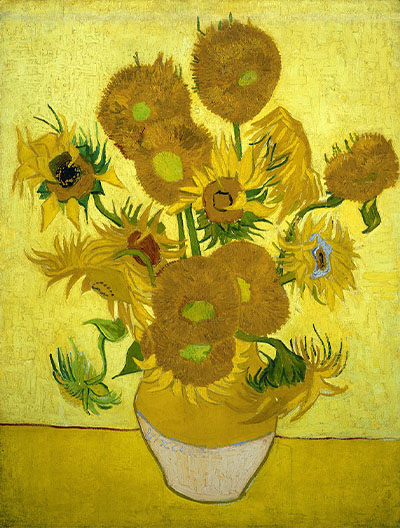
Van Gogh’s Sunflowers (Amsterdam)
Any Amsterdam trip deserves time in the Van Gogh Museum. Of the 5 versions of his infamous, painted (still life) sunflowers: the oil canvas in here is perhaps the most compelling. And at 95 cm x 73 cm in size, its presence is difficult to miss. Despite doubts from other artists, Vincent Van Gogh was determined to prove that an elegant piece of art can be painted with just one colour, in variations. That’s why three different shades of yellow dominate the canvas and reel you in. It was completed in 1889 (the year before he died), and today, sunflowers remain his signature.
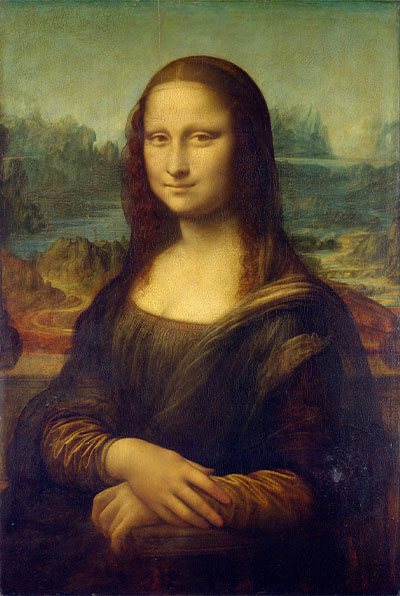
Da Vinci’s Mona Lisa (Paris)
Leonardo Da Vinci’s Mona Lisa is the world’s most famous portrait. It is a Renaissance oil painting (on wood) – found in the Salle des États: the largest room in Paris’ the Louvre Museum. It’s believed to depict Lisa Gherardini (a wife of a silk merchant in Florence), but a debate swirls around the woman’s true identity. Her famous, enigmatic half-smile invites endless interpretation. What does it mean? It’s unclear where she’s looking, which is a unique experience for the viewer. And the surreal mountainous background can be unsettling or calming (depending on your experience). To add to the mystery, the painting is neither signed nor dated by Da Vinci. The subtle contours, contrasts and smooth transitions between light and shade colours on her face is similarly enchanting. This is a prime example of Leonardo Da Vinci’s technique, which he mastered. You simply must visit Mona Lisa when in Paris.
Botticelli’s La Nascita di Venere (Florence)
Painted by Sandro Botticelli between 1482-85, The Birth of Venus is the first Renaissance painting on canvas. It can be found in the Uffizi Gallery Museum in the historic centre of Florence, Italy.
Remarkably, Botticelli’s hypnotic (172.5 x 278.5 cm) work was the first full size female nude seen since antiquity, which captured critics’ attention. It shows Venus (the Roman goddess of love, sex, beauty, and fertility) standing on a shell on the seashore, with her handmaid (Ora) by her side. A scene from Ovid’s Metamorphoses. The violets in the meadow are a symbol of modesty and also used in love potions, adding to the physical and spiritual beauty of the piece.
Velázquez’s La Meninas (Madrid)
Within seconds of entering Madrid’s Prado Museum, your gaze inevitably fixes on Las Meninas (‘The Ladies-in-waiting’), located in an immense gallery bathed in natural sunlight. Diego Velázquez painted this colossal oil canvas (318 cm × 276 cm) in 1656, and even weaves himself into his work. (You can spot him by the canvas to the left). It shows the main chamber in the Royal Alcazar of Madrid during the reign of King Philip IV of Spain, and includes his daughter Princess Infanta Margarita Teresa. While critics debate whether it is reality or illusion – its influence on the art world is undisputed. It immediately entered the Prado Museum on its foundation in 1819 and inspired Picasso’s Las Meninas collection in 1957, when he created 58 variations based on Velázquez’s work.
Michelangelos’s frescoes (Vatican City)
Every jaw drops to the floor on entry in to the Sistine Chapel (in Vatican City). Colourful art engulfs you from all sides, many of these being Michaelangelo’s painted frescoes. The story goes that Pope Julius II conspired with renowned artists and commissioned Michaelangelo to paint the chapel’s ceiling in 1508 with the expectation that he’d fail. (Michelangelo was a sculptor with no painting experience, and many wanted his reputation tarnished).
Instead, over the next four years – he stood on wooden scaffolding to paint these astonishing art masterpieces. We see 9 Genesis scenes and the Last Judgement scene on the altar wall. Michaelangelo worked backwards on these, starting with the Great Flood and Noah’s Ark and ending with a stunning depiction of the story of Adam and God’s creation (as he knew his technique would improve). Incredibly, there are 343 people in total on the ceiling – each in immaculate detail. Today, Catholic church cardinals still gather here to elect a new Pope. And looking at the art, you’d think he must have had divine help to pull it off.







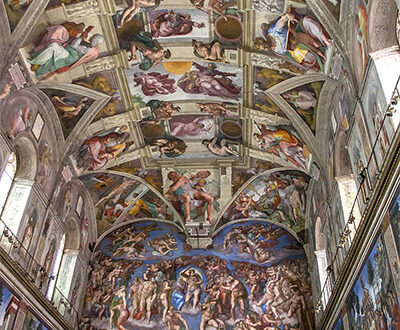
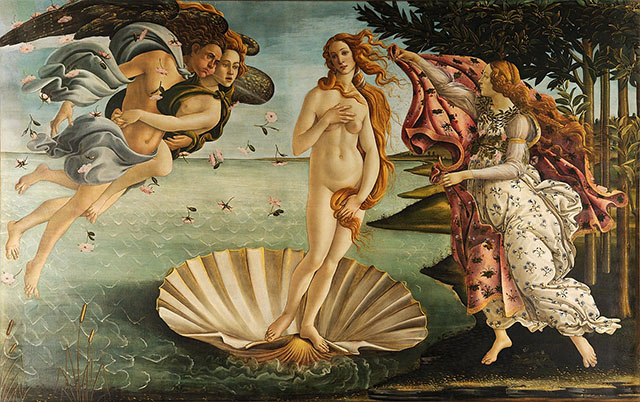
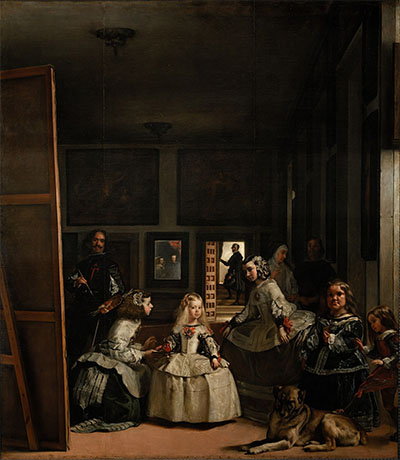

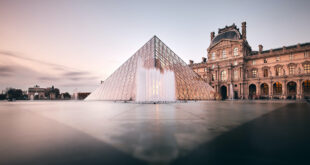
Join the Discussion
Type out your comment here:
You must be logged in to post a comment.